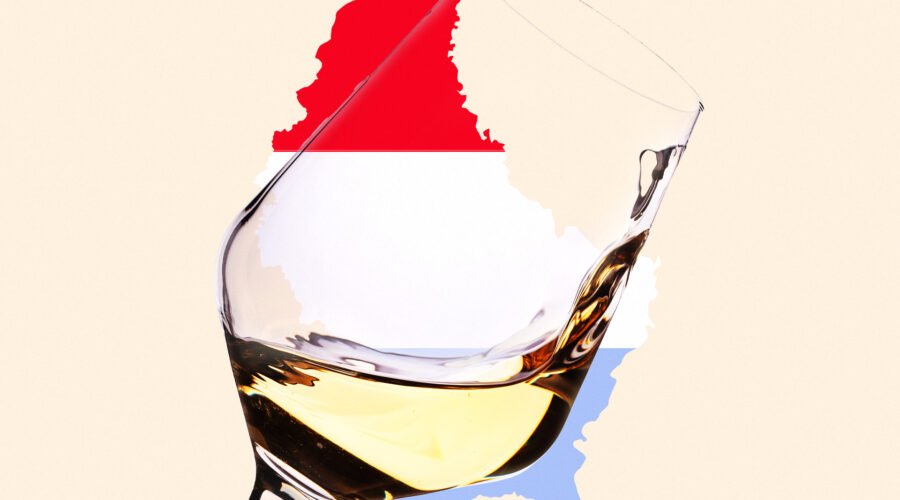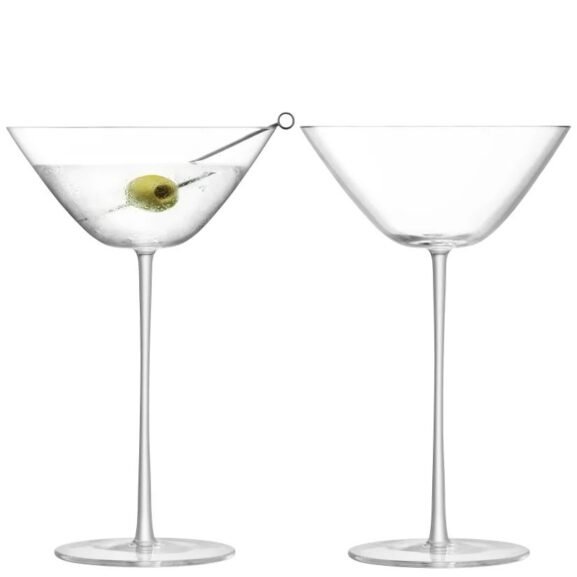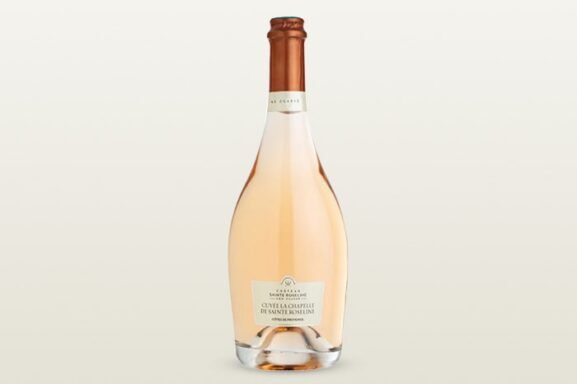The Wines of Tiny Luxembourg Make a Big Impression
The second-richest country in the world per capita, Luxembourg is arguably better known for tax breaks than for its rich wine history. This tiny, landlocked country bordered by Belgium, France and Germany, has a population of approximately 645,000 people. Just over half the population is Luxembourger, while the remaining balance is Portuguese, French, Italian, Belgian, German, British and others.
The country’s diversities are reflected in the many styles of wine produced across a mere 3,200 acres. Though the quality of wine made throughout the country is deemed high, much of it isn’t widely exported, and about two-thirds of the wine is consumed in Luxembourg.
History of Wine in Luxembourg
In ancient times, Romans grew grapes in Germany’s Mosel Valley, just across the river from the main winegrowing region in Luxembourg, the Moselle. Medieval vineyards were attached to monasteries in what is now Luxembourg. By the early 20th century, most of the winemaking in Luxembourg consisted of indigenous grapes like Elbling, but after World War I, the country’s wine industry began to come into its own.
In the 1920s and ’30s, Luxembourg ramped up trade and international relations with bordering countries like Belgium and Germany, where Pinot Noir, Auxerrois and Riesling were stars. As a result, Luxembourger winemakers began to cultivate international varieties and techniques to produce quality wine.
In 1935, the Marque National de Vins Luxembourgeois, a regulatory body for the wines of Luxembourg, was established. Like the Consorzio Vino Chianti in Italy or the Institut National de L’Origine et de la Qualite (INAO) in France, the Marque National outlines baseline standards that winemakers must adhere to regarding allowable grapes, blend requirements, vineyard practices and label laws.
The Moselle Winegrowing Region
The Moselle region (not to be confused with Germany’s Mosel) is the main winegrowing area in Luxembourg, where production is about 90% white wine and 10% red. There are more than 450 growers responsible for the region’s wines.
The tiny country has an equally tiny wine region. Moselle is about 26 miles long and one of the northernmost latitudes for winegrowing in the world. The 26-mile strip includes the city of Wasserbillig in the north to Schengen in the south.
“I personally believe that we have a perfect climate for some of the best Riesling and Pinot wines, be that Auxerrois, Pinot Blanc, Pinot Gris or Pinot Noir,” says Patrick Berg, general director of Domaines Vinsmoselle, a wine cooperative in Luxembourg. “

There are four types of wine produced in Luxembourg. Single vineyard wines come from low- yielding, manually harvested grapes. Coteaux wines are grown in limestone and marl soils in vineyards in the Grevenmacher or Remich areas of the Moselle, respectively. Côtes wines are Luxembourg’s entry-level offering, and Crémant de Luxembourg is seemingly the jewel in the country’s wine crown. These sparklers are produced using aromatic varieties and have crisp, refreshing acidity.
“I believe that we have a perfect climate for some of the best Riesling and Pinot wines.”— Patrick Berg, General Director, Domaines Vinsmoselle
Like any PDO, stringent rules must be followed before a label stating its quality can be affixed to bottles. A body of wine professionals judges the chemical components of the wine as well as its flavor. When both components are up to par, the bottlings can bear the “Moselle Luxembourgeoise” designation.
The Wines of the Moselle
For a small country, a diversity of grape varieties thrives in Luxembourg, many of which are rarely seen elsewhere. There are 34 grape varieties allowed in PDO Moselle. Many of the whites are of German ancestry, due to a shared border and include: Rivaner (also known as Müller-Thurgau), Auxerrois, Pinot Blanc, Pinot Gris, Riesling, Elbling and Gewürztraminer.
Several Moselle grapes are prized for their aromatic intensity and acid retention. The latter is especially important for the country’s sparkling wines, which are made according to the traditional method (méthode traditionelle) and include a second fermentation in the bottle.
Crémant de Luxembourg was decreed a designation in 1991 at the time the Appellation Contrôllee Crémant de Luxembourg was established. Because of this, the word “crémant” can be used for Luxembourg’s sparkling wines. It is the only place outside of France that can use the word “crémant” for its sparkling wines.
Red wines in the region are made from Pinot Noir, Saint Laurent, Gamay or Pinot Noir Précoce, a Pinot mutation that is mostly found in Germany. Pinot Noir, just like in many countries that make méthode traditionelle sparklers, is used as a component in Crémant de Luxembourg.
The Luxembourg Wine Industry Today
Luxembourg wines are becoming better known throughout the world. Though the history of winemaking in Luxembourg is about 2,000 years old, the country is still considered to be a quite young winemaking region, with innovation to match its youth.
“Discovering the fresh, pure varietal wines of Luxembourg is like finding Alsace all over again,” says Tom Stevenson, author of Sotheby’s Encyclopedia of Wine, who has written extensively about the wines of Luxembourg.
The sparkling wines and whites continue to be lauded the world over, but in recent years the country has also added straw wines, ice wines and late-harvest wines to its offerings.
Though most of the wine isn’t exported, Luxembourg citizens seem to adapt to change rather quickly. The high quality and meticulous attention to the craft are what continues to keep Luxembourg among the world’s greatest regions. And there’s no signs of slowdown.


